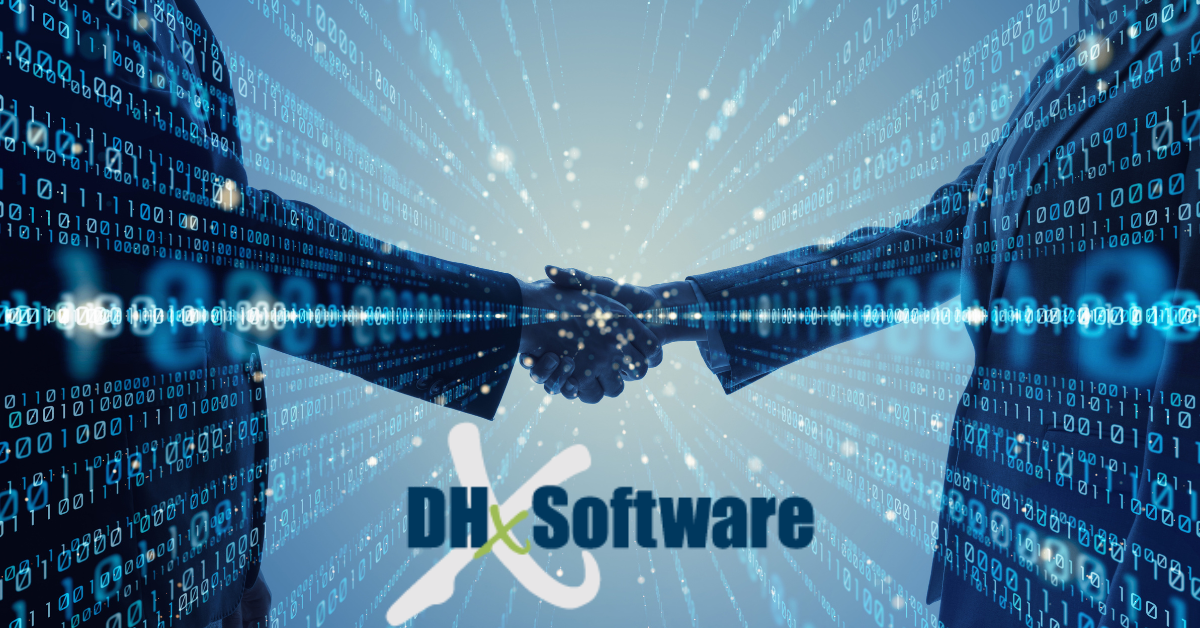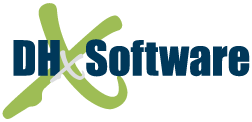As a full-service custom software services and business consulting agency, DHx...
-
Software Services
Software Services
- Workflow and Design Strategy Consulting
- Application Design & Development
- Application Modernization
- Application Integrations
- Custom Portals & Websites
- Data Management & Migration
- Enterprise Resource Planning
- Custom Sales Platforms
- Microsoft Access Migrations
- Cloud Migrations
- Custom Support Services
- eLearning Solutions
Recent Blog
 2024 in Tech: What's Changed and What's Nextread more
2024 in Tech: What's Changed and What's Nextread more -
Field Services
Field Services
Recent Blogs
 2024 in Tech: What's Changed and What's Nextread more
2024 in Tech: What's Changed and What's Nextread moreAs a full-service custom software services and business consulting agency, DHx...
-
Financial Services
Financial Services
Recent Blog
 2024 in Tech: What's Changed and What's Nextread more
2024 in Tech: What's Changed and What's Nextread moreAs a full-service custom software services and business consulting agency, DHx...
- Technologies
- Case Studies
-
About
Recent Blog
 2024 in Tech: What's Changed and What's Nextread more
2024 in Tech: What's Changed and What's Nextread moreAs a full-service custom software services and business consulting agency, DHx...
- Let's Connect
-
Software Services
- Workflow and Design Strategy Consulting
- Application Design & Development
- Application Modernization
- Application Integrations
- Custom Portals & Websites
- Data Management & Migration
- Enterprise Resource Planning
- Custom Sales Platforms
- Microsoft Access Migrations
- Cloud Migrations
- Custom Support Services
- eLearning Solutions
- Field Services
- Financial Services
- Technologies
- Case Studies
- About
- Let's Connect
-
Software Services
Software Services
- Workflow and Design Strategy Consulting
- Application Design & Development
- Application Modernization
- Application Integrations
- Custom Portals & Websites
- Data Management & Migration
- Enterprise Resource Planning
- Custom Sales Platforms
- Microsoft Access Migrations
- Cloud Migrations
- Custom Support Services
- eLearning Solutions
Recent Blog
 2024 in Tech: What's Changed and What's Nextread more
2024 in Tech: What's Changed and What's Nextread moreAs a full-service custom software services and business consulting agency, DHx...
-
Field Services
Field Services
Recent Blogs
 2024 in Tech: What's Changed and What's Nextread more
2024 in Tech: What's Changed and What's Nextread moreAs a full-service custom software services and business consulting agency, DHx...
-
Financial Services
Financial Services
Recent Blog
 2024 in Tech: What's Changed and What's Nextread more
2024 in Tech: What's Changed and What's Nextread moreAs a full-service custom software services and business consulting agency, DHx...
- Technologies
- Case Studies
-
About
Recent Blog
 2024 in Tech: What's Changed and What's Nextread more
2024 in Tech: What's Changed and What's Nextread moreAs a full-service custom software services and business consulting agency, DHx...
- Let's Connect
-
Software Services
- Workflow and Design Strategy Consulting
- Application Design & Development
- Application Modernization
- Application Integrations
- Custom Portals & Websites
- Data Management & Migration
- Enterprise Resource Planning
- Custom Sales Platforms
- Microsoft Access Migrations
- Cloud Migrations
- Custom Support Services
- eLearning Solutions
- Field Services
- Financial Services
- Technologies
- Case Studies
- About
- Let's Connect

We probably still don't fully understand the impact a microscopic virus has had on the human experience globally, but we do know enough to identify trends in the American workforce. Innovative businesses will recognize these Post-COVID workforce trends and shift operations to optimize new realities in how work gets done.
One of the greatest lessons learned from the pandemic and subsequent economic crisis is that resilient organizations had a far greater success rate than highly structured companies. Workforce design that focuses on efficiency often creates fragility if the business environment is disrupted. Focusing on overall employee development rather than a specific role in today's markets develops a staff capable of rapidly assuming new responsibilities.
Getting there takes a change in leadership mindset. Here are four trends we believe are hallmarks of future workforces:
- Remote Working. A recent poll revealed that 48% of employees would likely work remotely part-time compared to 30% pre-COVID. Remote working brings a whole new list of challenges. Organizations need to identify critical competencies employees will need to collaborate digitally and adjust goal-setting to accommodate a remote environment.
- Expanded Data Collection. The pandemic accelerated a growing trend of monitoring employee activity. Remote working added a sense of urgency to that trend, and many companies are using non-traditional methods to keep track of their workers. Tracking company devices, email, and other company communications can evaluate an employee's performance and productivity. However, it can open a legal can of worms if not conducted ethically.
- Growth of Contingent Workers. Over 30% of companies surveyed indicated they are replacing full-time positions with contingent workers. While this provides optimal control on headcount, it also creates a challenge integrating gig workers into the collaborative teams needed for remote work. Decisions must be made regarding training contingent talent the skills required to integrate seamlessly with full-time remote workers.
- The Transition from Efficiency to Resiliency. Companies need to shift strategies to focus not on efficiency but on the ability to react to change. This means formalized flex procedures and a workforce trained to assume multiple roles on short notice. When supply chains can be easily disrupted, and workers face health and security issues, you want a workforce that can effectively respond and sustain operations.
In short, a business has to view their workforce differently if they want people equipped with critical skills that enable them to pivot in a hurry. One tool used in achieving that goal is a Learning Management System (LMS) designed for remote workers. An LMS is a software platform that houses all aspects of training, tracks employee participation, and maintains employee training records. It is ideal for remote and contingency workers who can access the material 24/7 and participate at their own time and convenience.
If you are interested in learning how a Learning Management System can assist you in developing a resilient organization ready to deal with today's changing economic environment, contact us, the Arizona leaders in digital training, DHX Software. Contact us today, and let's discuss what an LMS can do for you.
- By DHx SoftwareYou may also like

Field service companies often encounter various pain points that hinder their operational efficiency and growth. Outdated legacy systems and the integration of new and old technologies pose...

Learning Management Systems are empowering businesses to improve their product offerings and customer service through remote training for employees, partners, and customers alike. They offer a...
